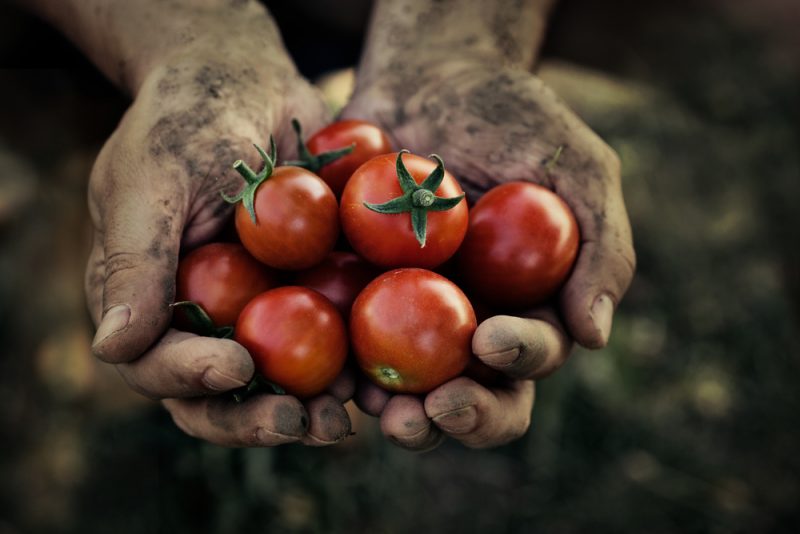The tendency for people to live off the land has grown in the last few decades. Part of the appeal seems to be the organic movement and the desire for individuals to know what they are putting in their bodies. Also, the health-conscious movement fueled by many documentaries portraying the unappealing side of mass farming and processed foods has been leading people to develop their gardens and take back control of essential ingredients used in many foods. The organic gardening concept is now seen in cities on rooftops and any area with enough space for a small garden and is no longer limited to those living in rural areas.
Objectives and Farming
Those living in rural areas and with access to acres can build on the concept of living off the land by using the Earth’s resources to become self-sufficient, or at least as self-sufficient as possible. This lifestyle choice can encompass the creation of environments where individuals can produce electricity. However, to achieve goals of living off the grid, individuals will need a lot of determination, effort, and patience.
Before organic farming prospects begin to live the farming lifestyle, they should evaluate their situation and have clear objectives. Certain questions need to be answered before engaging in these activities. For example, are the objectives long-term? Is the idea to live a higher level of self-sustainability producing food or is the idea to be self-sustainable and living off the grid? Whether the idea is to purchase 10 acres of land or convert a home in the suburbs as somewhat self-sufficient, individuals need to develop a plan and reach milestones. Depending on the plan, prospective growers can turn their current suburban backyard into a small garden or invest in house and land packages in Sydney to live in a self-sufficient manner.
To live off the land, future farmers need to consider alternate methods of generating electricity. These alternate methods are also known as clean or renewable energy because they originate from natural sources such as the wind and sun and do not contaminate the environment. After selecting the type of electricity that will be generated, farmers should look into producing their own organic fertilizers. A critical factor to consider is to build a garden where farmers can harvest and produce food. If raising farm animals such as cows, enough fertilizer should be produced as a byproduct. However, this is not necessary as anyone can produce fertilizers by creating compost piles, among other methods. Once farmers have electricity and fertilizer, the focus on the development of the garden should begin. Growers can harvest much more than what they would purchase at a store by investing in a few seeds. A seed such as the forage sorghum seed, for example, is a profitable alternative crop that farmers can grow and use in several ways. However, the first step is to decide what crops to harvest.
Beginner Crops
New growers should begin with crops that are easy to farm. Such plants include those that require little intervention and care and are less demanding in nutrients and are the least affected by plagues or disease. For example, garlic, onions, squash, spinach, and carrots, among others, are pretty easy to manage. Gardeners can also look toward wild fruit that grows in the area. Last, farmers will require some animals and should consider building a chicken coop. Chickens are one of the simplest farm animals to raise. The best chickens have sufficient space to move around and have access to an area to lay eggs. If the farm has sufficient space, raising cows should also be considered as the benefits are countless. However, experts recommend minimum spaces depending on the type of cow that will be raised; therefore, farmers need to make sure that sufficient space is available for each type of activity.
While humans exist, farming will be a necessity. The two main sources of food are crops and animals. As a result, farming will continue to exist and will be a vital resource for humanity. However, such resources should be done following certain protocols to ensure that the environment is taken care of and that the human body is consuming foods that are free from chemicals and contaminants. To do so, the organic farming movements must continue to progress, grow, and generate interest.
